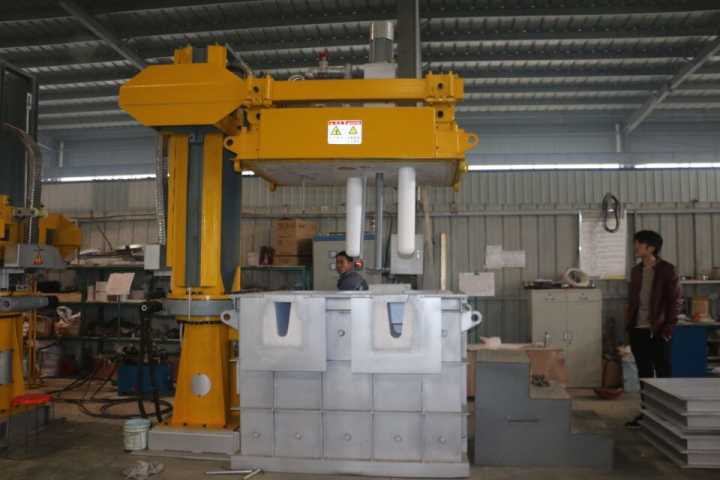
12 11月 Degassing And Purification System
Degassing And Purification System
With demand for non ferrous metal castings increasing in volume especially the castings of aluminium and aluminum alloy, there is also a growing pressure on foundries to improve casting quality as technical specifications for most industrial applications including building, engineering, transport, particularly aerospace and the automotive sector where its use has increased rapidly over the last few years. In order to remove impurities from the melt to provide cleaner, better quality metal, one of the most common and effective cleaning methods used by foundries is Degassing And Purification System. With the increasing global tonnage and quality demand for aluminum castings, increasing globalization of the industry and increasing competition between foundries, foundries have to run the most efficient and cost effective processes possible in order to offer price competitive castings on a global scale.
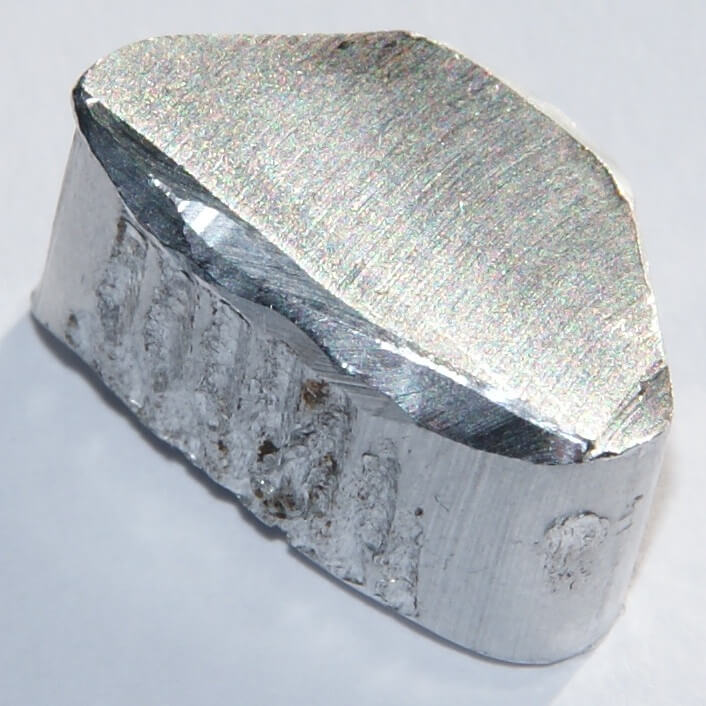
Degassing And Purification System Theoretical Principles
The impurities found in molten aluminium are of two main types: dissolved hydrogen and solid
non-metallic inclusions. The dissolved hydrogen comes out of solution as the metal cools and forms unwanted porosity. This porosity along with the non-metallic solid inclusions reduces the strength and adversely affects the final properties of castings produced from the aluminium.
In aluminium there is a reaction with water vapour as follows:
2 Al + 3 H2 O = Al2 O3 + 3 H2
Molecular hydrogen then dissociates in the molten metal:
3 H2 = 6 H
The molten aluminium also interacts with atmospheric oxygen thus in addition to the oxidation reaction seen in equation (a), the following reaction also occurs:
4 Al + 3 O2 = 2 Al2 O3
Degassing And Purification System Oxidation Resistance
This reaction results in oxide skin formation on the surface of the molten metal during the melting process and any subsequent transfer of the molten metal. The oxides produced become trapped in the bulk of the molten material, and are then transferred to the finished cast component. Further non-metallic inclusions such as carbides, nitrides or borides can come from sources such as the crucible material or other refractory materials.
Any inclusions produced will lead to defects in the structure of the casting and therefore will have a detrimental effect on mechanical properties, also they will lead to machining difficulties and possible damage to machine tools.
It is therefore essential to remove dissolved hydrogen and non-metallic inclusions from the molten metal prior to casting to achieve optimum quality. The treatment that has been developed to clean the metal is a physical process involving fluxing with an inert gas. The hydrogen, which is dissolved in the molten material, diffuses into the rising bubbles of fluxing gas and is transported to the surface of the molten material, this process is dependent on two major steps:
Speed of diffusion of hydrogen through the diffusion boundary layer into the inert gas bubbles
Concentration of hydrogen in the inert gas bubbles
Diffusion is the rate determining stage in degassing, therefore, the following requirements are necessary for optimum degassing efficiency:
Small size of the inert gas bubbles with long dwell time in the molten metal. This ensures a large surface contact area between the inert gas bubble and the molten metal and therefore a higher coefficient of mass transfer with regard to the diffusion layer
Consistently broad distribution of inert gas bubbles over the entire cross-section of the molten metal
Adequate motion of molten material which accelerates the transport of hydrogen to the inert gas bubble
A quiescent surface of the molten material bath in order to avoid fresh absorption of hydrogen from reaction with the atmosphere.
Oxides and other non-metallic inclusions are mainly removed by flotation as the small inert gas bubbles attach themselves to the oxides and float them to the surface of the bath. The principles that apply to hydrogen removal also apply to the removal of oxides.


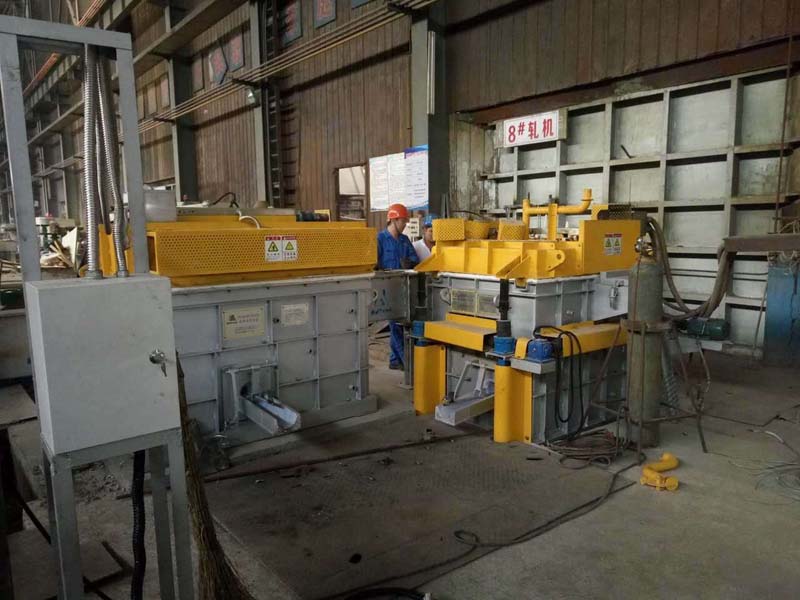
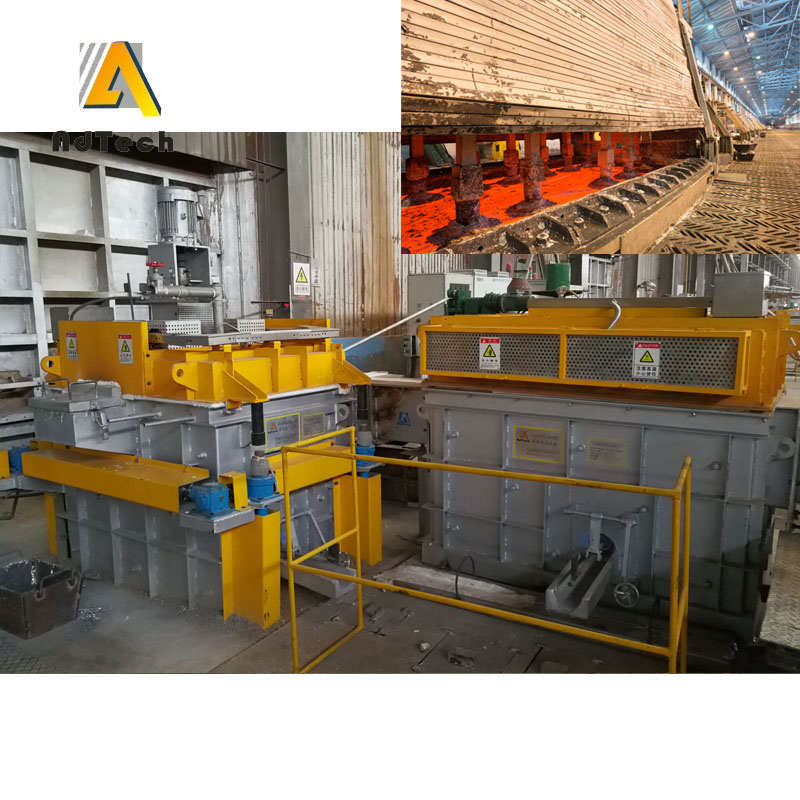
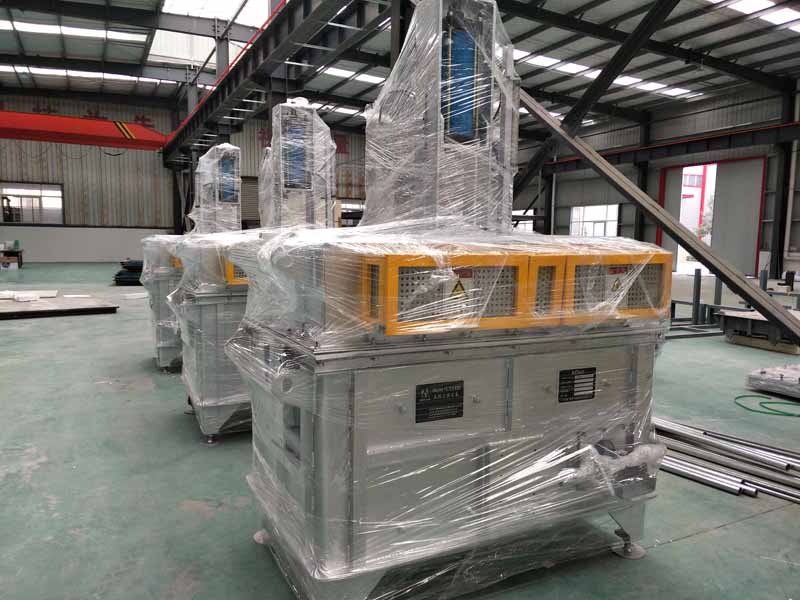
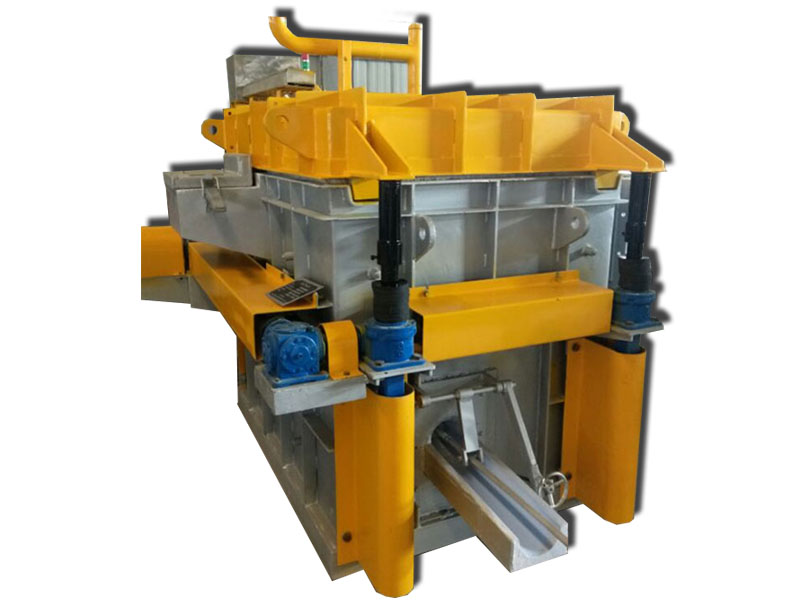
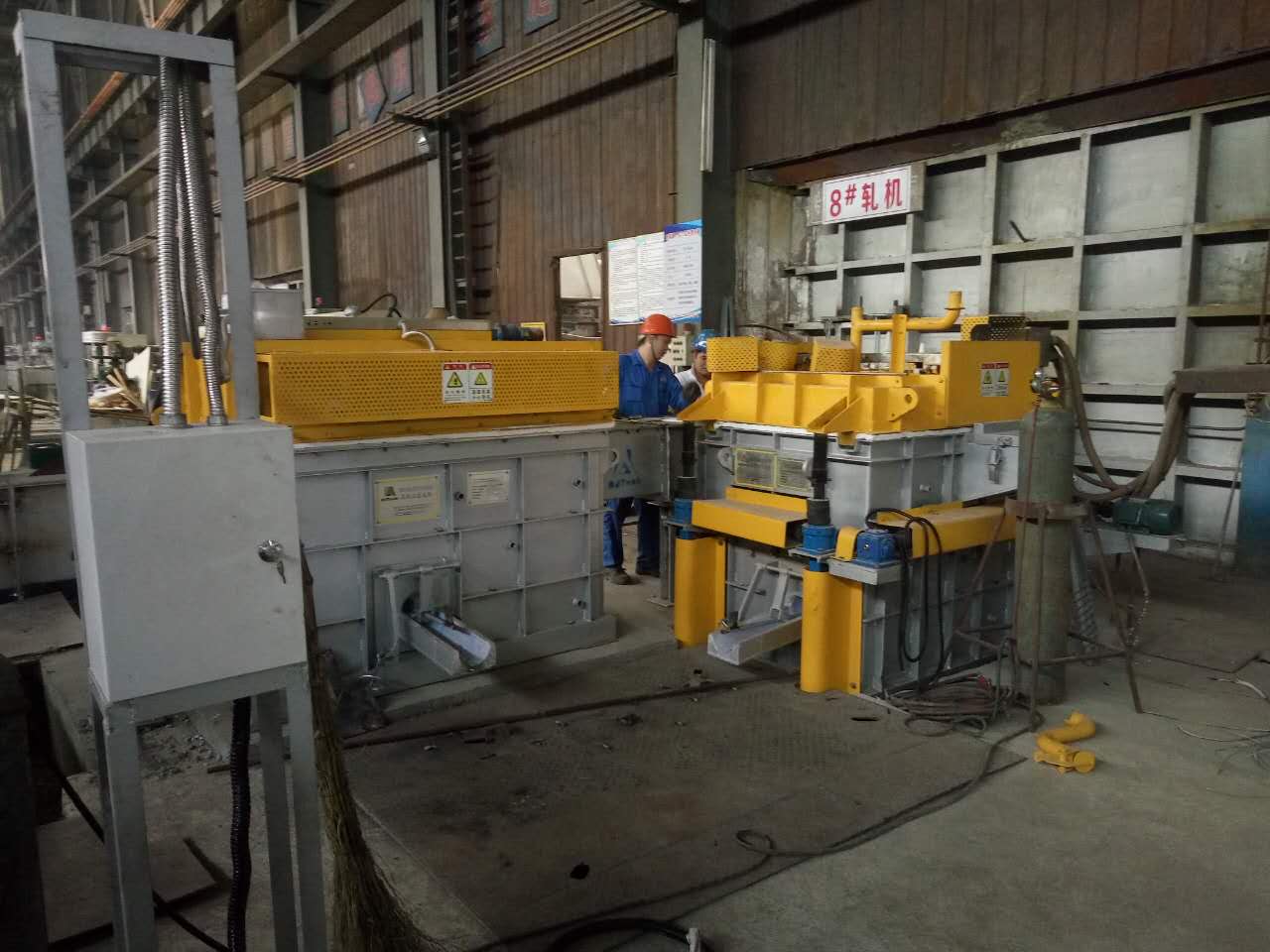
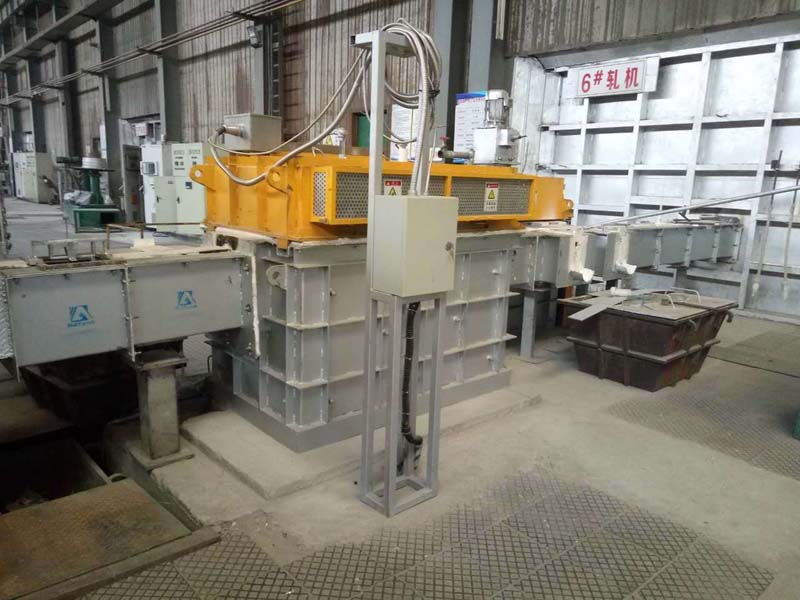
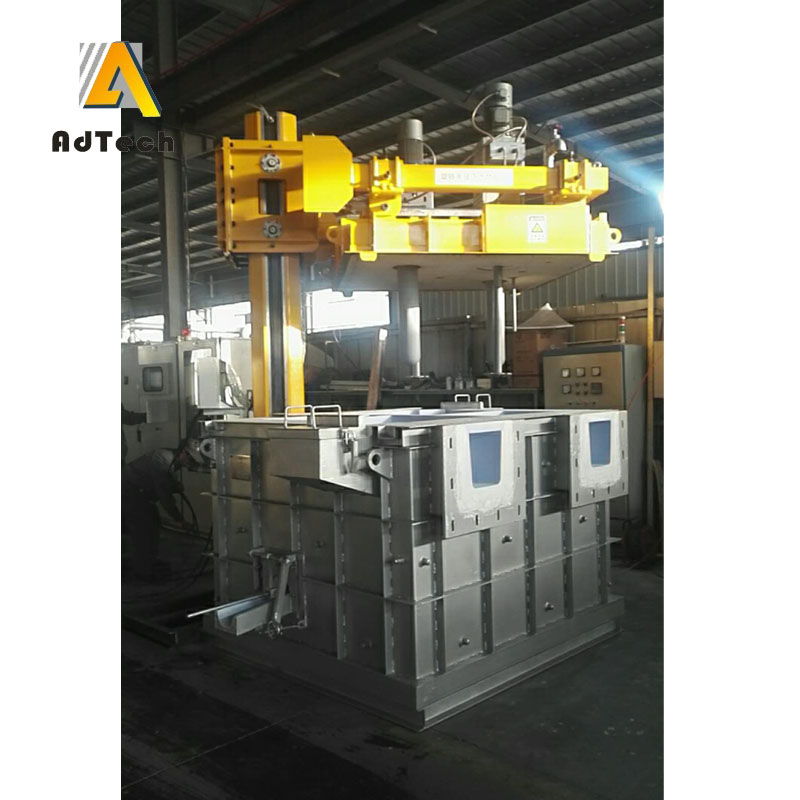
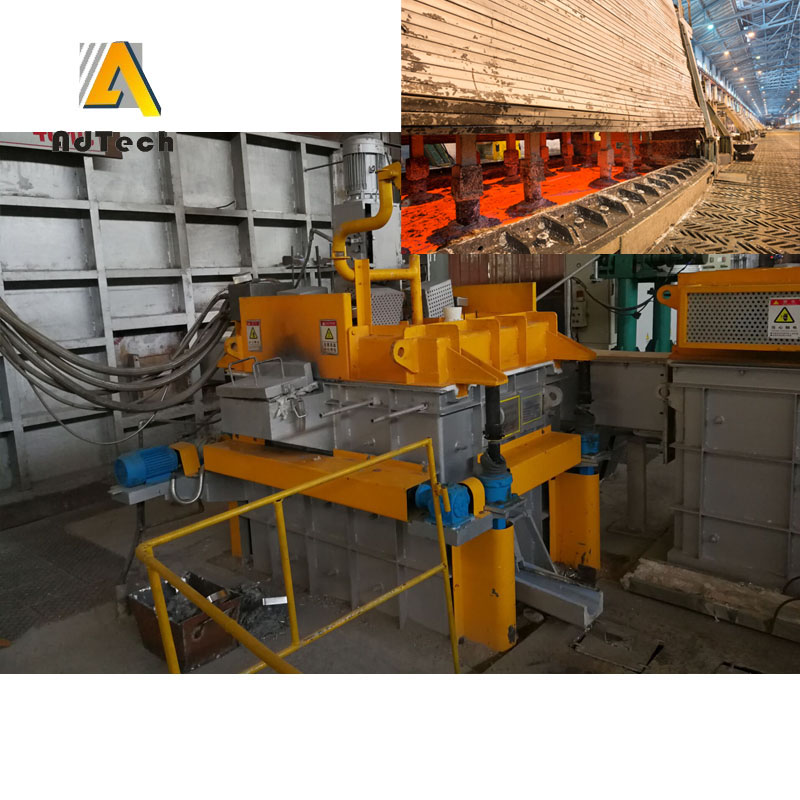
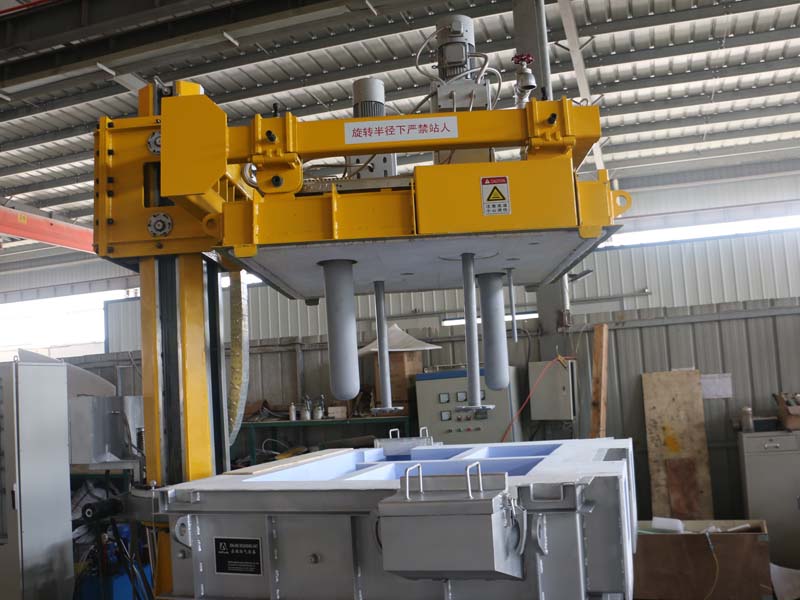
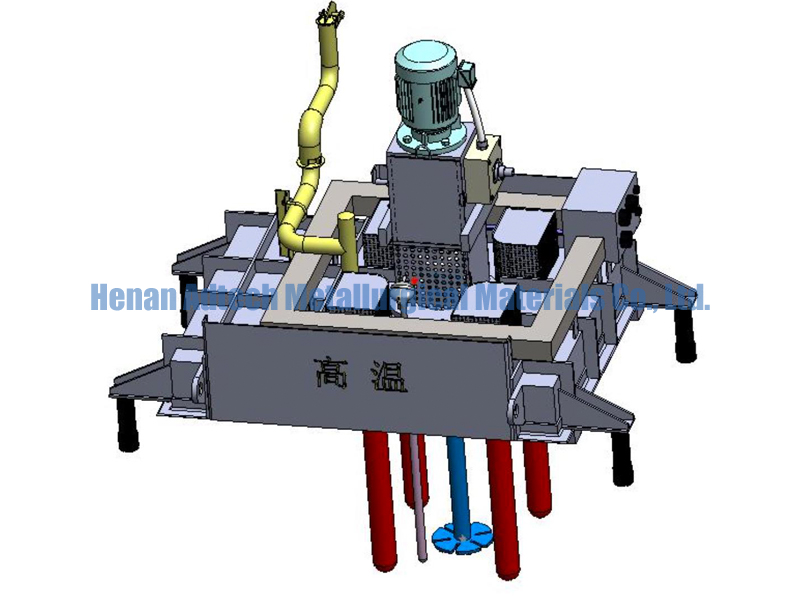
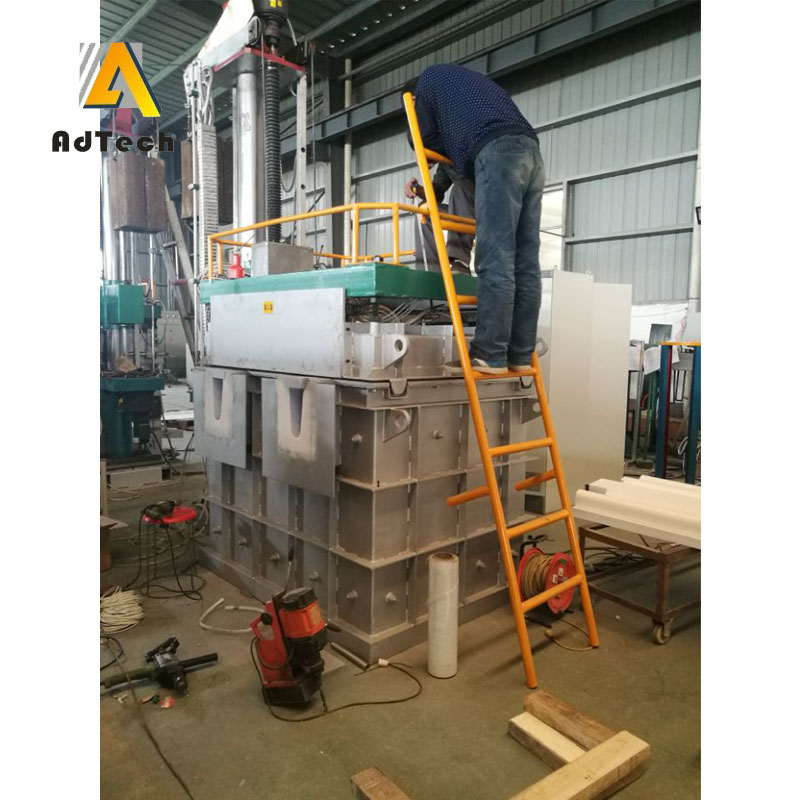
No Comments